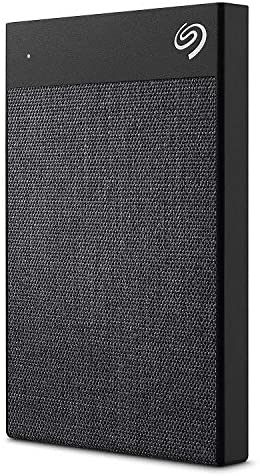Cleaning your desk can improve your work, but you have to improve your cleaning first.
We may earn a commission from links on this page.

Credit: Branislav Nenin/Shutterstock
Studies have shown that a decluttered workspace can decrease stress and increase focus—and that stress at work can actually result in more clutter. It’s important to clean up your environment so the place you work is comfortable, calm, and sanitary. Borrow the 5S method to get it done most efficiently.
What is the 5S method of workspace cleaning?
The 5S method, like Kanban and Kaizen, comes from Japan, where organizational processes developed in factories and were so useful that their use expanded well beyond Toyota and other manufacturers. The method refers to the five s-words it relies on: seiri, seiton, seisō, seiketsu, and shitsuke, but if you don’t speak Japanese, don’t worry. They’ve been translated into five s-words in English, too: sort, set in order, shine, standardize, and sustain. Occasionally, there’s a sixth “s,” which is safety, and that makes sense when you consider the uses of the system within factory settings.
The technique has a variety of applications outside of factories and is especially useful in healthcare settings, construction sites, and classrooms. For you, however, it may just be all about your desk, and that’s fine. The 5S system is adaptable.
How does 5S work?
The five pillars of the technique provide a framework for organizing and cleaning in a way that minimizes waste and increases productivity. Instead of thinking of the five steps in order as a one-and-done operation, consider them a cycle you’re always repeating. When you’re done with the fifth one, you go back to the first. You should start with sorting for the most part, but at any given time, you can employ one of them and start moving through the cycle. Here’s what to do:
Sort: Get rid of anything that isn’t necessary in the workspace. If it’s not needed for what you’re doing, put it away. Utilize drawers, storage bins, or under-desk organizers to keep the things that you don’t immediately need out of your sight. When possible, keep the storage bins opaque so you aren’t distracted by the contents. This set of two bins with rolling doors is perfect, as is this clip-on drawer system that hides unwanted items under your desk. The sorting period is also when you should throw away trash or anything completely useless.
Shine: With the space tidied up and freed of anything unnecessary, it’s time to clean. This can be as easy as running a disinfectant wipe over your surfaces or brushing crumbs into the trash, but cleaning for sanitary reasons is different from decluttering, so don’t skip it. Check out this list of gadgets to clean your desk thoroughly—but make sure you have space in those storage bins for them.
Set in order: Now, look back at the storage bins. During the sorting period, you can just throw everything that isn’t necessary into those, but when you’re setting in order, you need to make them more efficient. Designate bins for different categories, like office supplies, reference materials, specific job tools, etc. Make sure the things you need most often are in a convenient location, like the under-desk drawer, and things you need less often are still available but more removed. It helps to use labels here for maximum efficiency.
Standardize: This step is a little different from the first three, which are all about organizing and cleaning. Standardizing is about creating a protocol to keep everything organized and clean, plus integrating it into your actual workflow. The easiest way to do this is building time into your schedule for regular 5S maintenance and desk cleaning. It should be part of your regular to-do list. For instance, if you’re using the 1-3-5 method of to-do list creation, 5S maintenance can be one of your five smaller tasks for the day. Make sure to carve out time for it at least once a week, ideally by putting time on your calendar when you’re timeboxing. When going through the 5S cycle going forward, you can always make changes to your standardization if you’re not cleaning enough, if things are piling up, or if your technique is otherwise not working, so don’t just skip the fourth step on your next time through.
Sustain: This step is all about keeping with it. Commit to following the standardization protocol you set in the fourth step and working through all of the s-words regularly and in order. The more you do it, the more of a habit it will become and the more efficient your workspace will be.
Keep in mind that when sorting, your goals are not only to make more space available to work, but to decrease distracting items and reduce the amount of time you spend looking for what you need when you need it. When you shine, you want to reduce waste and keep the area safe, but also keep it pleasant to work in, which is an important element of productivity. Setting in place is all about making your work easier by making things available to you when you need them and finding them where you expect them to be, which wastes less time. Standardizing and sustaining will help you make sure the procedure is followed and is working for you, so eventually, you’ll even spend less time on the whole thing.


